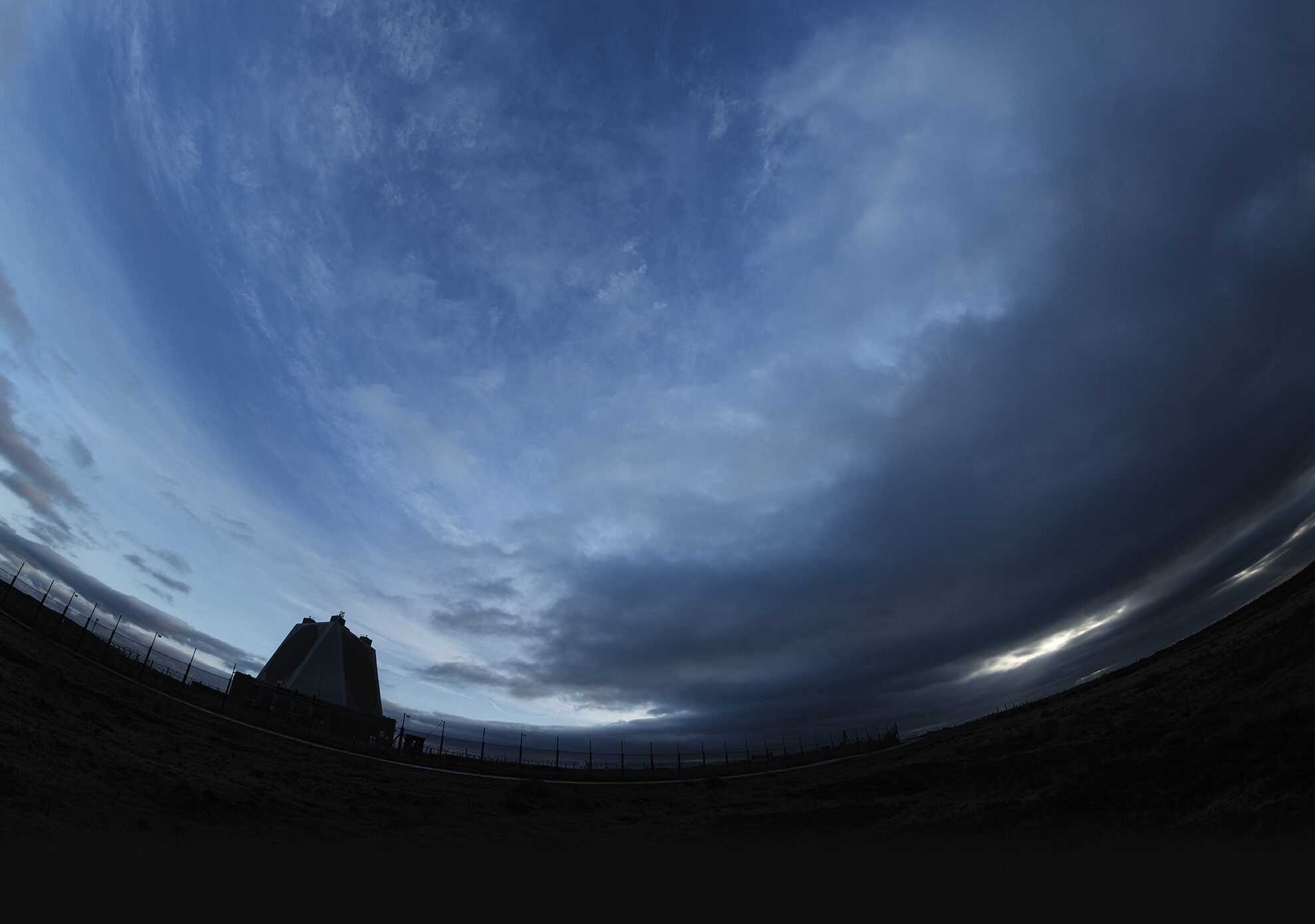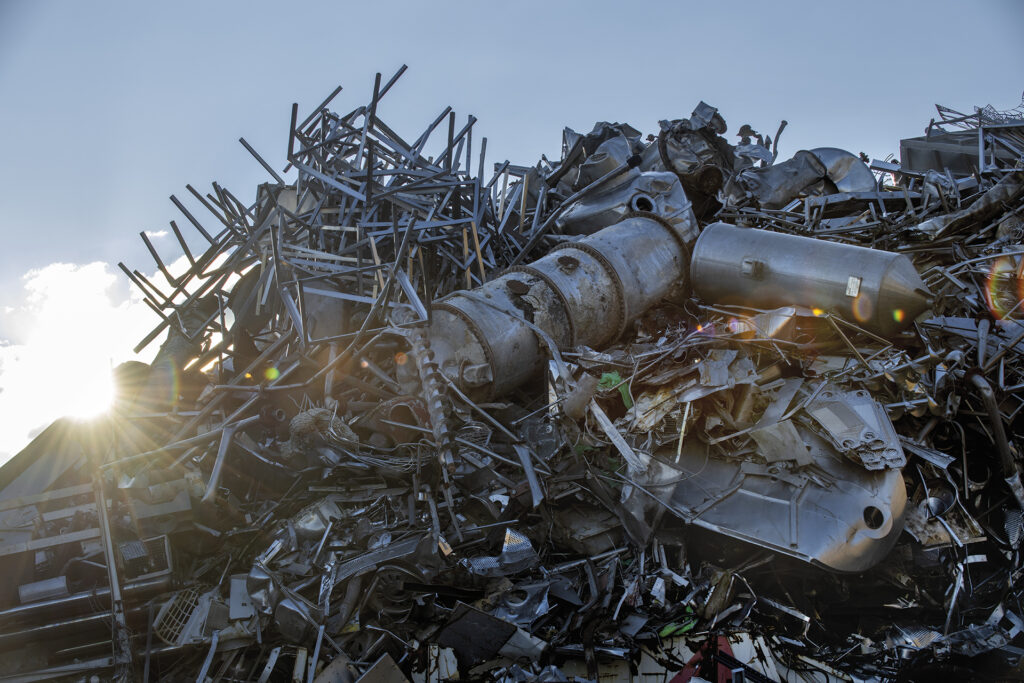
Near-Space
Welcome
For most of human history, space has been a remote realm, unreachable and mysterious. Earlier generations filled it with their various hopes, dreams and fears, all born in the inner reaches of the human psyche and projected outwards into the inky blackness. Then in 1957, things changed. Russia launched Sputnik 1, and we began filling space with actual pieces of hardware.
We have now transformed the orbital space around Earth into a technological bridgehead. In the process, we have proven the societal and scientific benefits of using this environment. With the tumbling cost of satellites and launches, more and more companies are thinking of how to use space. No longer can we consider it ‘outer space’. It has become ‘near space’, inextricably linked to our way of life and the functioning of society. Instead of a frontier to be tamed, the near-space environment is one over which we must now exercise stewardship. Our new role is to ensure that space is used sustainably to ensure the benefits it brings remain available to future generations.
